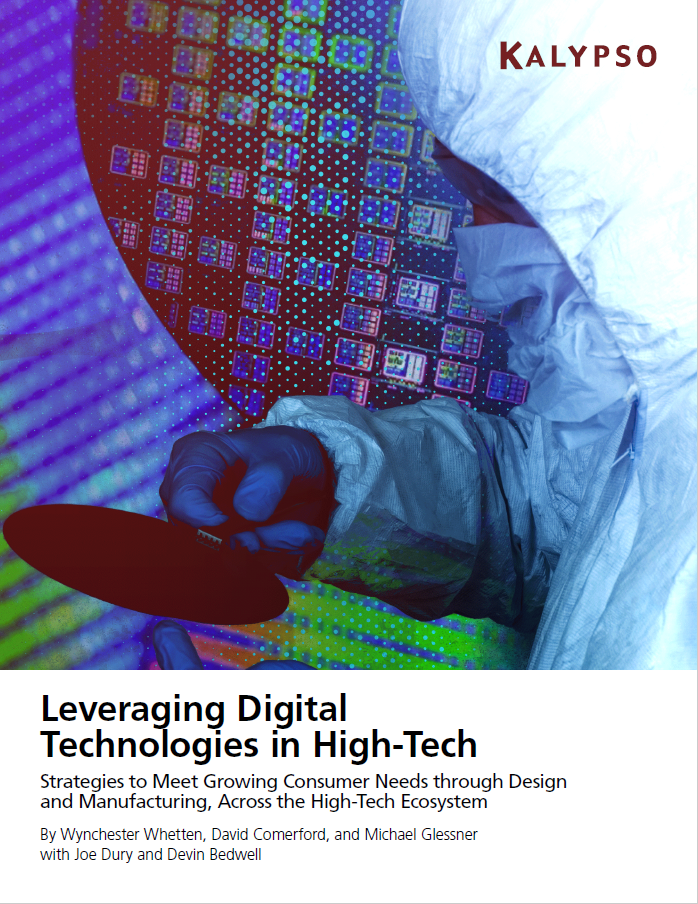Digital Doorbells: How to Meet High-Tech Consumer Needs with Digital Technologies
We live in a digital world; every product is high-tech. Semiconductors enable the computers we use, the cars we drive, the smartphones we carry - even the appliances we use in our kitchens. These modern appliances have transformed the way we live and interact with each other in our most basic daily routines.
Leading high-tech and semiconductor firms have found that quickly and effectively deploying digital technologies – including digital twins, smart connected operations and machine learning – drives sustainable competitive advantage.
Semiconductor firms have operated in a fastpaced, complex, and structured environment for years, creating networks of homegrown systems to capture required information throughout design and manufacturing.
However, the current expansion of the electronics ecosystem is unprecedented. As more industries are disrupted, and more products are empowered through global and local networks using the Internet of Things (IoT), semiconductor firms are brought closer to consumers and are required to meet new demands beyond traditional design and manufacturing. With the growing portfolio of products enabled by and reliant upon semiconductors to operate, traditional methods of managing the discover-create-make process are no longer enough.
Take, for example, a doorbell.
Ten years ago, if someone arrived at a home and wanted to enter, they might have rung the doorbell, which would then ring inside the home and let whoever was inside know that someone was there. The homeowner would then need to go to the door and either look through a peephole or open the door to see who was there and decide if they wanted to let them in.
Today there are a variety of smart doorbells on the market that use motion sensors to detect when someone has arrived before they even ring the bell. The homeowner is notified via smartphone or other electronic device that someone is at the home, likely with video and even audio connectivity using a built-in camera and microphone.
More advanced IoT-enabled doorbells may even be connected to the locking mechanism on the door, enabling the homeowner to let the guest in without going to the door, or without even being home.
So a simple function – ringing a doorbell – that previously had a shortened set of requirements, must now be able to able to integrate and perform multiple functions:
- Previously: let the person inside the home know via audio signal that someone is at the door.
- New additional demands: (1) let the homeowner know someone is at the door whether they are home or not, (2) let them access video and audio to see who it is, (3) alert them before the doorbell has even been rung, and (4) allow the homeowner to unlock the door and let the person in from their smartphone or other electronic device, whether or not they are home.
As the ecosystem continues to expand and the products, systems, processes, and data become more complex, high-tech and semiconductor firms need enhanced capabilities to meet these scaling demands.
Digital twins, smart connected operations, and product lifecycle intelligence are three technologies that help companies continue to create value in this new environment.
Learn More
Download our eBook for full details on leveraging digital technologies in high-tech, including use cases, benefits and pragmatic starting points.





